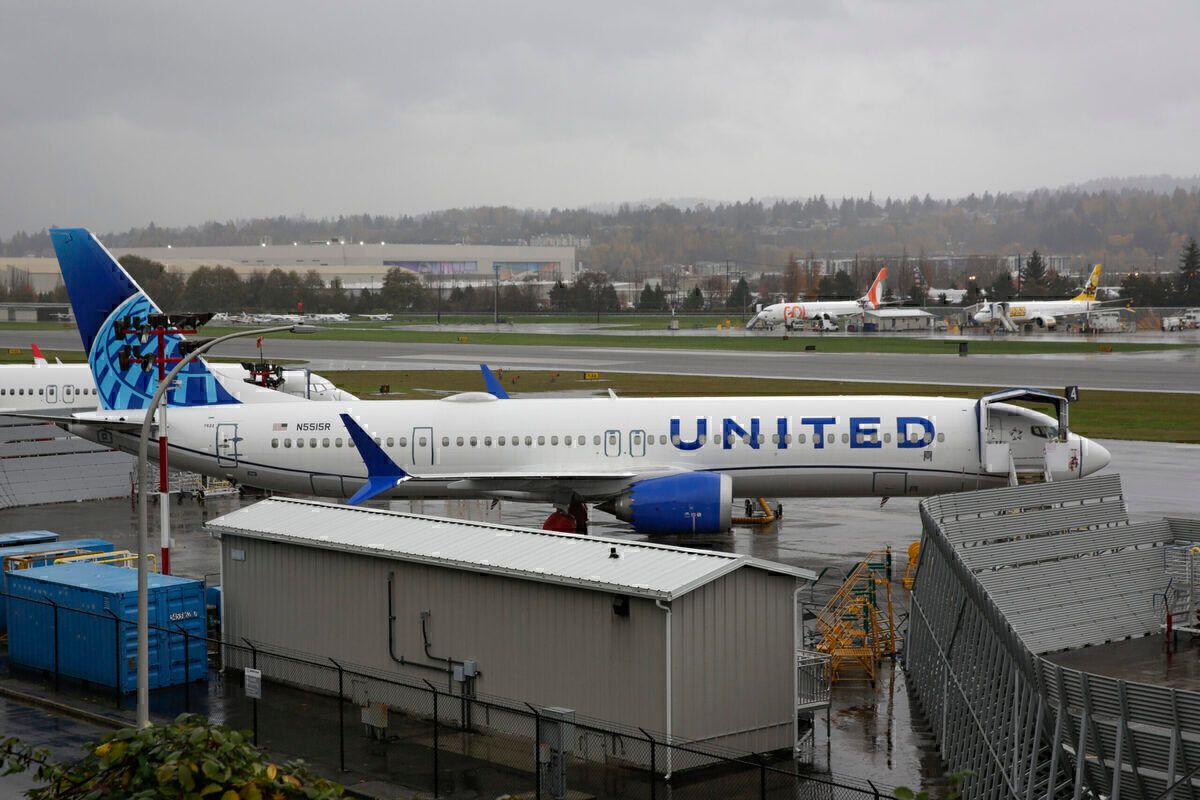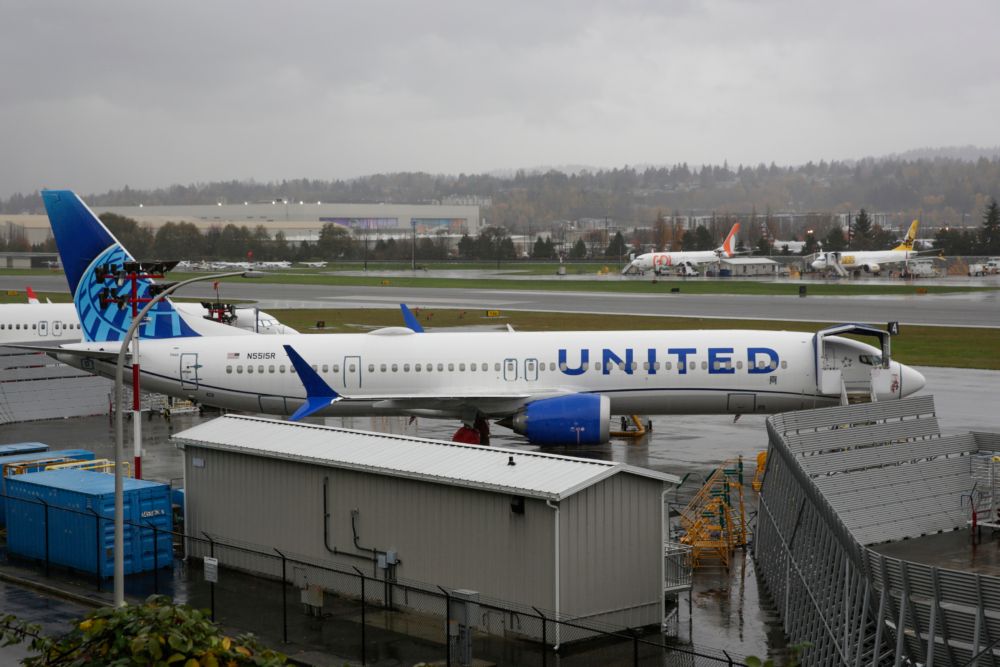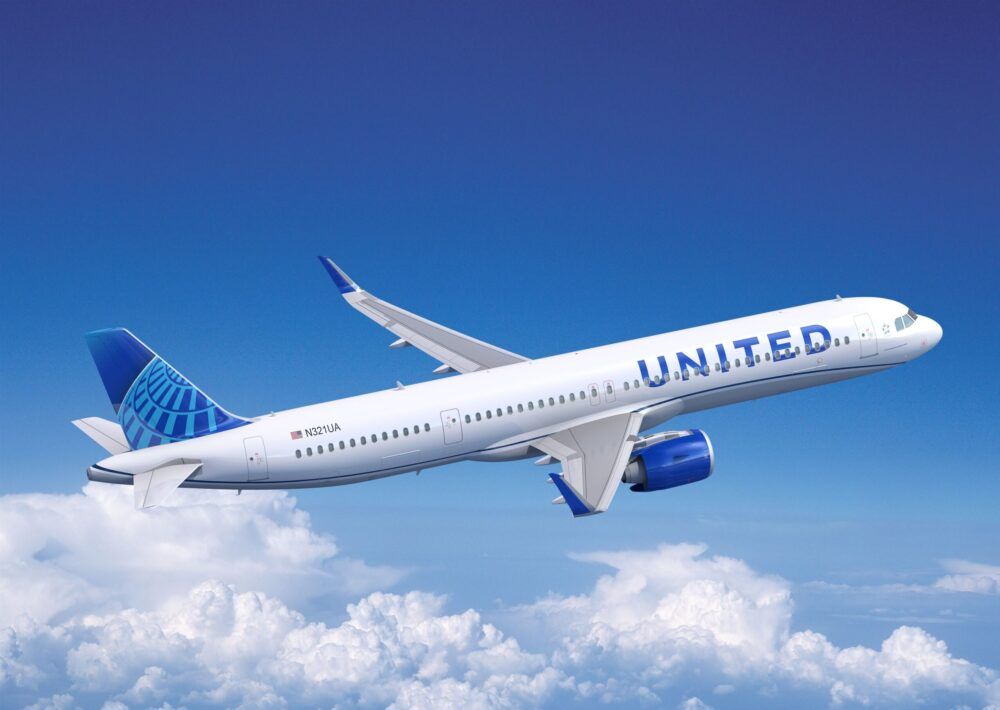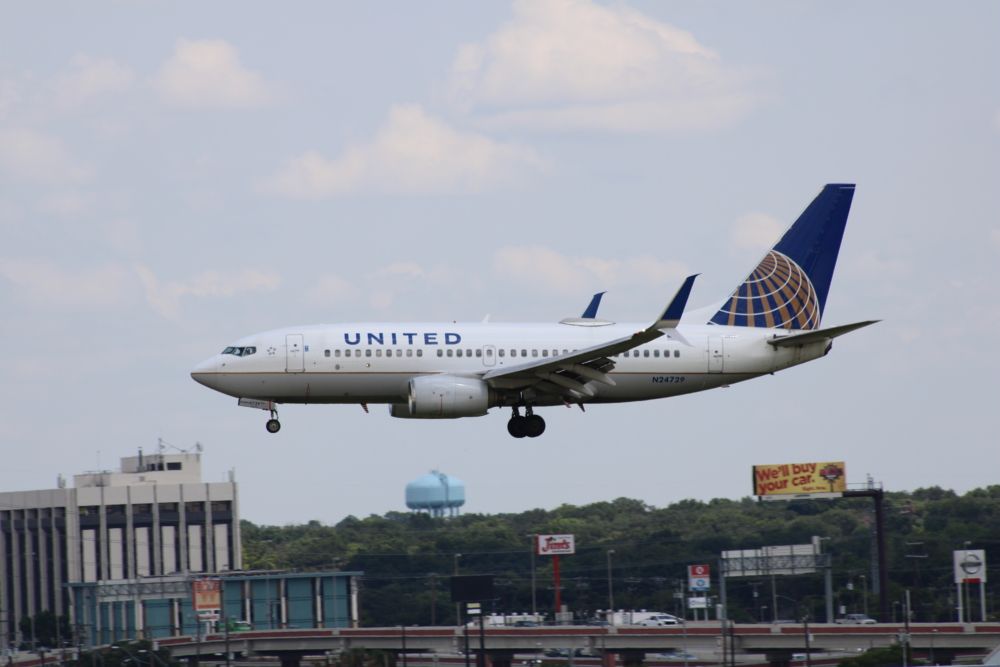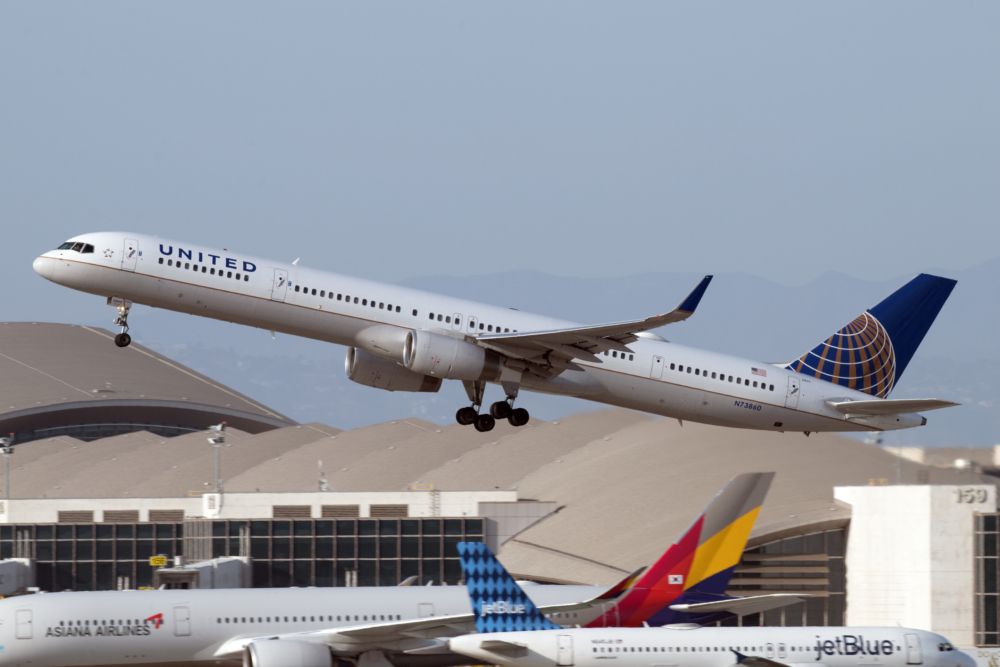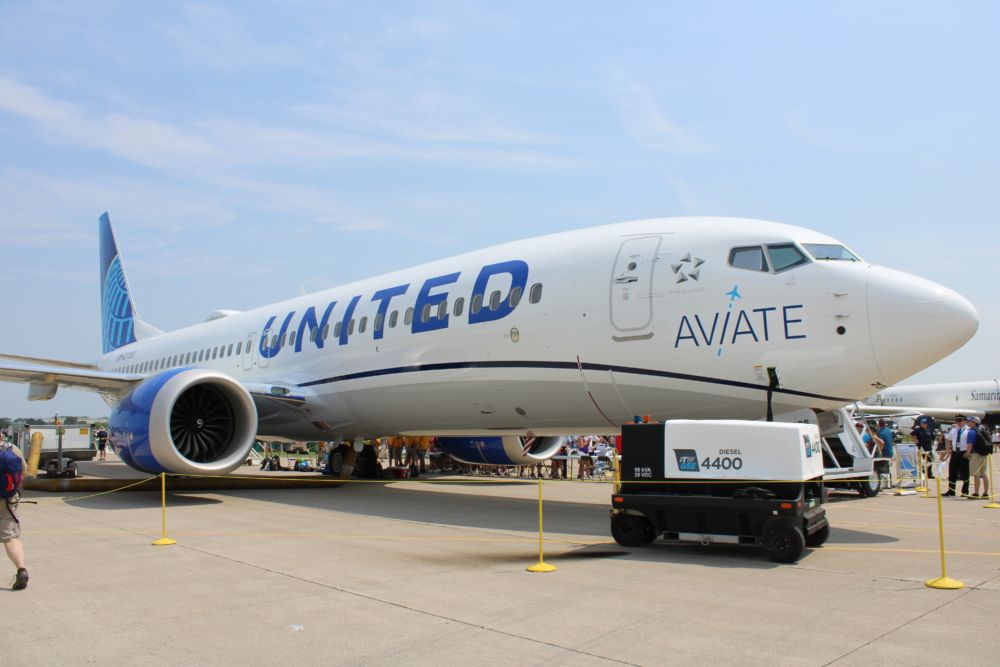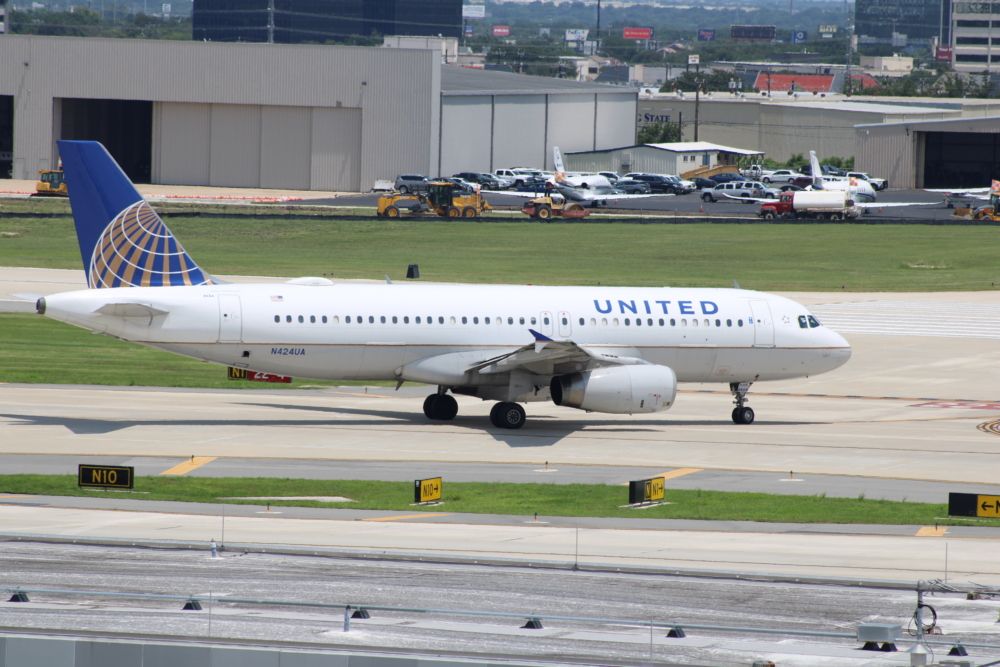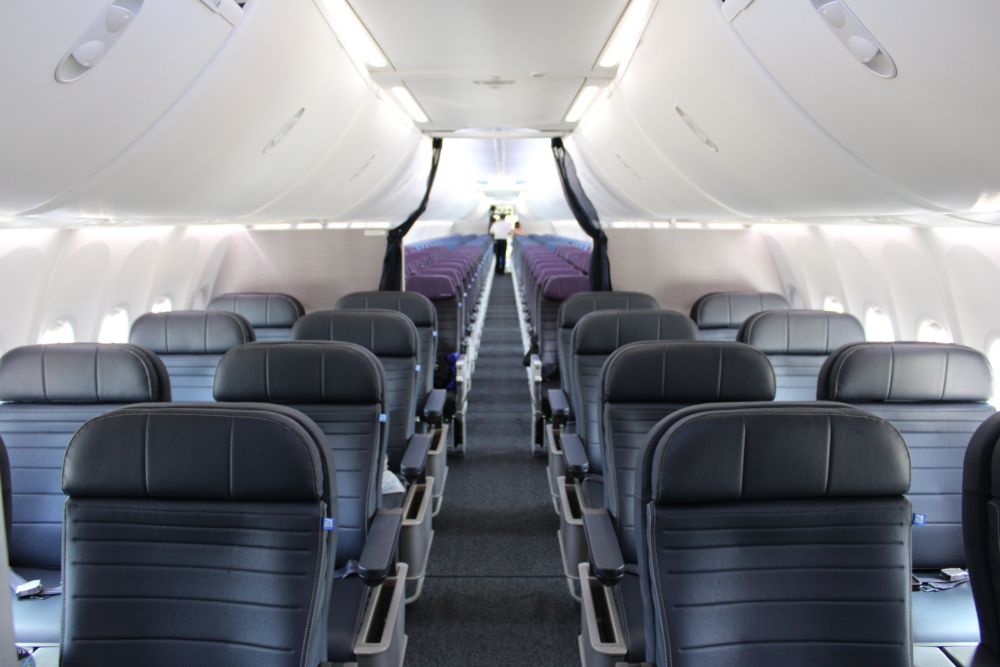United Airlines is firmly ready to put the crisis behind itself. With over 500 aircraft on order, the carrier is looking to right the ship in terms of gauge, offer an improved customer experience, and unlock the full potential of its hubs. As part of this strategy, dubbed United Next, 2023 is going to be a very pivotal year for the carrier, with over 130 narrowbody aircraft scheduled for delivery.
United Airlines plans huge fleet increase in 2023
The next few years are going to see United Airlines engage in a sizable fleet expansion. From July 1st through December 31st, 2021, United Airlines expects to take on 13 more Boeing 737 MAX 8 aircraft. This will take the carrier's overall MAX 8 fleet to 14 jets by the end of 2021.
In 2022, the airline will take delivery of 40 MAX narrowbody aircraft. This includes 20 MAX 8s and 20 MAX 9s. United already flies 30 MAX 9s. This will take the carrier's fleet to 34 MAX 8s and 50 MAX 9s by the end of 2022.
The truly massive fleet increase is planned in 2023. United anticipates taking a whopping 138 new aircraft that year. This includes 56 MAX 8s, 15 MAX 9s, 50 MAX 10s, and 16 Airbus A321neos.
By the end of 2023, United will have 90 MAX 8s, 65 MAX 9s, 50 MAX 10s, and 16 Airbus A321neos on top of its current narrowbody fleet (excluding the MAX jets).
Assuming the current delivery timeline holds, United will have 50 Airbus A321XRLs, 54 Airbus A321neos, 45 Airbus A350s, and 205 Boeing 737 MAX jets scheduled for delivery in 2024 and beyond.
It should also be noted that United is planning to take the delivery of all eight remaining Boeing 787-10 aircraft this year. This will round out the airline's widebody aircraft commitments with Boeing, though it still has an order for 45 Airbus A350 jets on the book.
Combating a gauge issue
One of United's biggest problems is that it does not have a lot of higher-gauge aircraft as a relative proportion of its fleet. Looking at United's fleet on January 1st, 2021, the carrier flew the following 602 narrowbody aircraft:
- 85 Airbus A319-100s [126-128 seats]
- 96 Airbus A320-200s [150 seats]
- 22 Boeing 737 MAX 9s [179 seats]
- 136 Boeing 737-900ERs [179 seats]
- 12 Boeing 737-900s [179 seats]
- 141 Boeing 737-800s [166 seats]
- 49 Boeing 737-700s [126 seats]
- 40 Boeing 757-200s [142-176 seats]
- 21 Boeing 757-300s [234 seats]
For reference, American Airlines flew 743 narrowbody planes:
- 133 Airbus A319s [128 seats]
- 48 Airbus A320s [150 seats]
- 218 Airbus A321s [avg. 179 seats]
- 28 Airbus A321neos [196 seats]
- 282 Boeing 737-800s [172 seats]
- 34 Boeing 737 MAX 8s [172 seats]
Lastly, Delta Air Lines had 630 narrowbodies in its fleet:
- 38 Airbus A220-100s [109 seats]
- Five Airbus A220-300s [130 seats]
- 57 Airbus A319s [132 seats]
- 52 Airbus A320s [157 seats]
- 105 Airbus A321ceos [191 seats]
- 50 Boeing 717-200s [110 seats]
- 77 Boeing 737-800s [160 seats]
- 130 Boeing 737-900ERs [180 seats]
- 100 Boeing 757-200s [168-199 seats]
- 16 Boeing 757-300s [234 seats]
Just on pure aircraft count, United Airlines had the smallest narrowbody fleet count at the start of 2021 compared to its larger peers at American and Delta.
An even closer look at gauge tells another story. Looking at narrowbody aircraft that seat 170 passengers or more, here is how many each airline flew:
- American Airlines: 546 aircraft
- Delta Air Lines: 344 aircraft
- United Airlines: 237 aircraft
As a percentage of the narrowbody fleet, here is where those numbers shook out:
- American Airlines: 73.5%
- Delta Air Lines: 54.6%
- United Airlines: 39.3%
This is part of the gauge gap that United Airlines had highlighted when it placed the order for 270 aircraft at the end of June. United Airlines just has a larger percentage of its fleet that is made up of smaller narrowbody aircraft.
Stay informed: Sign up for our daily and weekly aviation news digests.
Headwinds for United Airlines
On a matter of unit costs and hub potentials, the smaller planes proves to be a huge headwind for United Airlines. Smaller aircraft like the Boeing 737-700 are not as cost-efficient as their larger counterparts, like the 737-900ER or, extending this further, MAX 9.
The limited seating capacity also limits United's ability to unlock its hubs. With hubs in Newark, Chicago, Denver, Houston, Los Angeles, San Francisco, and Washington D.C., United's domestic hubs touch some of the most expensive airport real estate and high-demand cities. Here, flying smaller aircraft is a huge headwind.
It is also a simple question of math. The more seats that an airline has available, the more seats the airline can sell. While there are incremental costs associated with flying a Boeing 737-900 over a 737-700, the extra seats for sale – including premium seats – helps cover that.
This is not to say that the Boeing 737-700s or A319s do not have an important role in United's network. Moving forward, the airline wants to keep a larger leisure footprint, and these aircraft can help add incremental capacity from hubs or secondary cities of importance, like Cleveland, to markets in Florida and the coastal leisure gateways.
These jets will also help create a cascading effect. As United takes on higher gauge aircraft to displace the smaller narrowbody jets, these smaller narrowbody aircraft will help replace larger regional jets on some routes, which will thus lead to the replacement of smaller 50-seaters that United plans to draw down over the coming years.
However, unlike its competitors, United is not keen on building out its hubs to 800 or 900 daily departures. It wants more even, measured growth that does not lopside one or two hubs to high numbers of daily departures.
Altogether, the smaller gauge aircraft United has been flying relative to its peers has created headwinds for the airline. With this "great reset" of a crisis, United is emerging with goals to shore up its domestic network and continue unlocking the potential of its hubs, which will in turn also help feed its growing long-haul international network.
2023 will be a pivotal year where United will be receiving enough aircraft – almost one every three days – to start making a meaningful impact in reducing its gauge gap with its peers. There may need to be some deferrals, especially if United gets ahead of its skis on inducting new jets faster than it needs them.
With the airline expecting the recovery to continue – including into 2022 and beyond – it certainly believes it will need all those jets in 2023. Now, other work begins, including on getting more pilots into its workforce to fly all the new aircraft it will be inducting.

